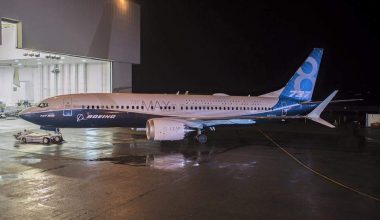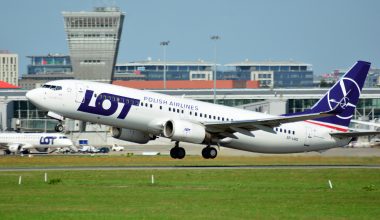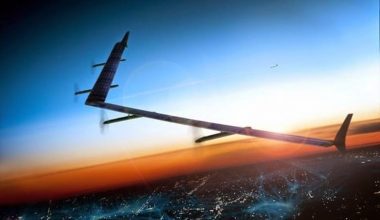The Airbus A320 family is the most-popular single-aisle aircraft family of the European manufacturer Airbus comprising the A318, A319, A320, A321, and the ACJ business jets. Consisting of narrowbody twin-engine jet airliners, the A320 family competes with Boeing’s B737 series for the title of the best-selling single-generation airliners. A320 series aircraft are ubiquitous and cover the entire market from low-to high-density routes, from hot desert environments to icy Antarctic landing sites.
Airbus A320 has set the standard on the single-aisle market by offering the widest single-aisle cabin, new heights in efficiency, cutting-edge innovations, and superior travel experience. The A320 is one of the most innovative airliners ever that pushed forward the adoption of digital fly-by-wire control systems, side-stick controls in the flight deck, and cockpit commonality in commercial airliners.

Airbus A320 is a household name in most fleets worldwide- from low-cost to the world’s mainline carriers. Airbus 320 is the most widely spread aircraft family utilized by the full scope of operators as the workhorses of their fleet, and it continues to open even more exciting travel possibilities-thanks to Airbus’ significant development investments.
Now, having said A320 is the best-selling jet airliner family, let’s discuss the most successful aircraft in the A320 family. It’s none other than the twinjet Airbus A320 that outpaces its narrowbody siblings of A318, A319, and A321 jets. Furthermore, the European aerospace giant Airbus offers two different versions of the A320- the classic A320, which has become known as the A320ceo (current engine option), and the newer A320neo (new engine option).
The earliest A320 is the top-selling jet of Airbus that has accrued more than 4700 orders over the years. The new A320neo is also following the way with more than 3800 orders. In this article, we will find out more about Airbus A320 aircraft.
Design and development of Airbus A320
Designed as a narrowbody, short-to medium-range aircraft, Airbus A320 is the founding member of the A320 that was launched in 1984 with 80 firm orders from five initial customers and entered revenue service with Air France in 1988. To answer the Boeing 737, Airbus developed the Airbus A320 by incorporating numerous innovations to serve the narrowbody routes.
Although Airbus initially produced two A320 variants- the A320-100 and the A320-200, it stopped rolling out A320-100s after producing 21 units and made primary changes to the wingtip fences and fuel capacity. The Airbus A320-200 featured improved wing efficiency and increased fuel capacity for an increased range.

Airbus A320-200 is powered by two CFM56-5s or IAE V2500s that give it the speed of 458 knots/528 mph. Its cruise speed is Mach 0. 78 (963km/hour), and the range is 5700km. Designed to compete in the 130-170 seat market, Airbus A320 is a short and medium-haul workhorse for airlines worldwide. Its maximum seating capacity is 190 passengers.
Airbus A320 cabin
The European planemaker Airbus has transitioned its award-winning Airspace interior to A320 to attract passengers. Airbus A320 has a wide, spacious, and comfortable cabin with six seats per row in economy, making it popular with passengers and crew alike. It creates more personal space for passengers by offering the cabin about 0.5 feet wider than its competitor B737. Airbus A320 boasts large overhead compartments to store up to 8 passenger bags and a large cargo compartment cross-section to maximize the usable cargo volume. It also features outward-opening cargo doors to ease the loading and unloading of luggage or cargo at airports.

Besides, the A320 cabin is extremely quiet. It enhances the comfort and well-being aboard with an array of options, including iconic ceiling lighting, redesigned window bezels for enhanced roominess, and unobstructed views. The enhanced cabin also features a better food hygiene and recycling design, new air-purification systems, and a new in-flight entertainment system.
Airbus A320 advances the environmental goals with significant reductions in fuel burn and lower emissions. It offers 15% more fuel efficiency than its predecessor aircraft.
A320’s claim to fame
Without a doubt, Airbus A320 is one of Airbus’ greatest contributions to commercial aviation as it was the first commercial airliner to feature ‘Fly by Wire’ digital flight control systems. This innovative technology soon became the standard for the A320 family and the most renowned aspect of the aircraft.
Fly-by-wire technology incorporates the digitized flight control system that goes beyond the control of flight surfaces and uses computers to interpret and relay the pilot’s input into the plane’s control surfaces. This computer-based technology replaces the control yoke used in older aircraft with a side control joystick. Fly-by-wire technology, traditionally reserved for fighter jets and supersonic Concorde, was a new experience for many pilots when it was introduced in Airbus A320.

Another remarkable technology used in A320 is flight envelope protection which restricts a pilot’s excessive control inputs and prevents him/her from being able to put the aircraft in configurations or attitudes that compromise flight safety.
Airbus A320 ushered in the era of cockpit commonality, allowing pilots to move from one Airbus type to another within short training periods and easily make the step up to Airbus’ widebody fly-by-wire aircraft with Cross Crew Qualification. Such commonality gives carriers flexibility to deploy flight crew as they can easily transition between different Airbus models. Carriers can save training and development costs while opening opportunities for versatility in the flying assignments of pilots.
Another aircraft’s claim to fame is using an appreciable amount of composite materials for its airframe. Airbus A320 is the pioneer in narrowbody fleet to construct its airframe with composite materials (a combination of several different materials) to save weight and reduce the total number of parts to minimize maintenance costs.
Operators of Airbus A320-200
The Airbus A320-200 or A320ceo is the best-selling airliner of Airbus as its sales have continued to increase in the years since its launch. It has received more than 4700 orders till now, and more than 4300 of them are still operational. While Airbus A320 is the bread and butter of airlines worldwide, its top operators are Aeroflot, AirAsia, Air China, Air France, Alaska Airlines, Allegiant Air, American Airlines, Avianca, British Airways, China Southern Airlines, Delta Air Lines, EasyJet, JetBlue, LATAM Airlines Group, Shenzhen Airlines, Spirit Airlines, Spring Airlines, United Airlines, Vueling, and Wizz Air.
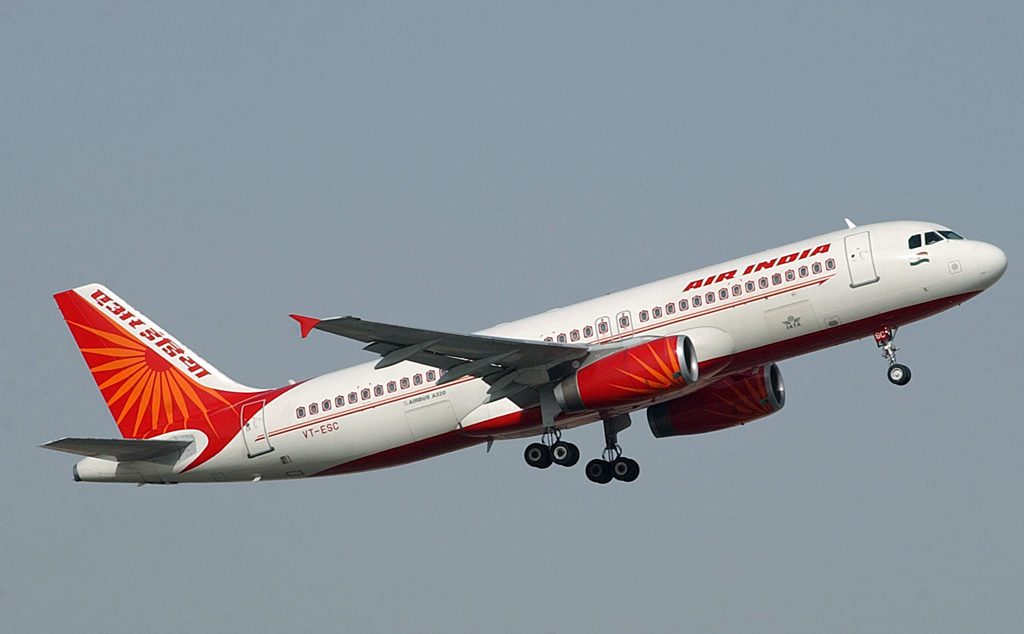
Modernized Airbus A320-new engine option
To achieve new heights in efficiency and keep improving their narrowbody workhorse, Airbus is evolving with A320neo versions. The Airbus A320neo offers the choice of two engine types-the, the Pratt & Whitney PW1100G or the CFM International LEAP-1A, which provides 30% fuel burn reduction and additional flight ranges of up to 500nm. A320neo is the upgraded version of the A320ceo with a longer range, faster-cruising speed, and higher two-class capacity.
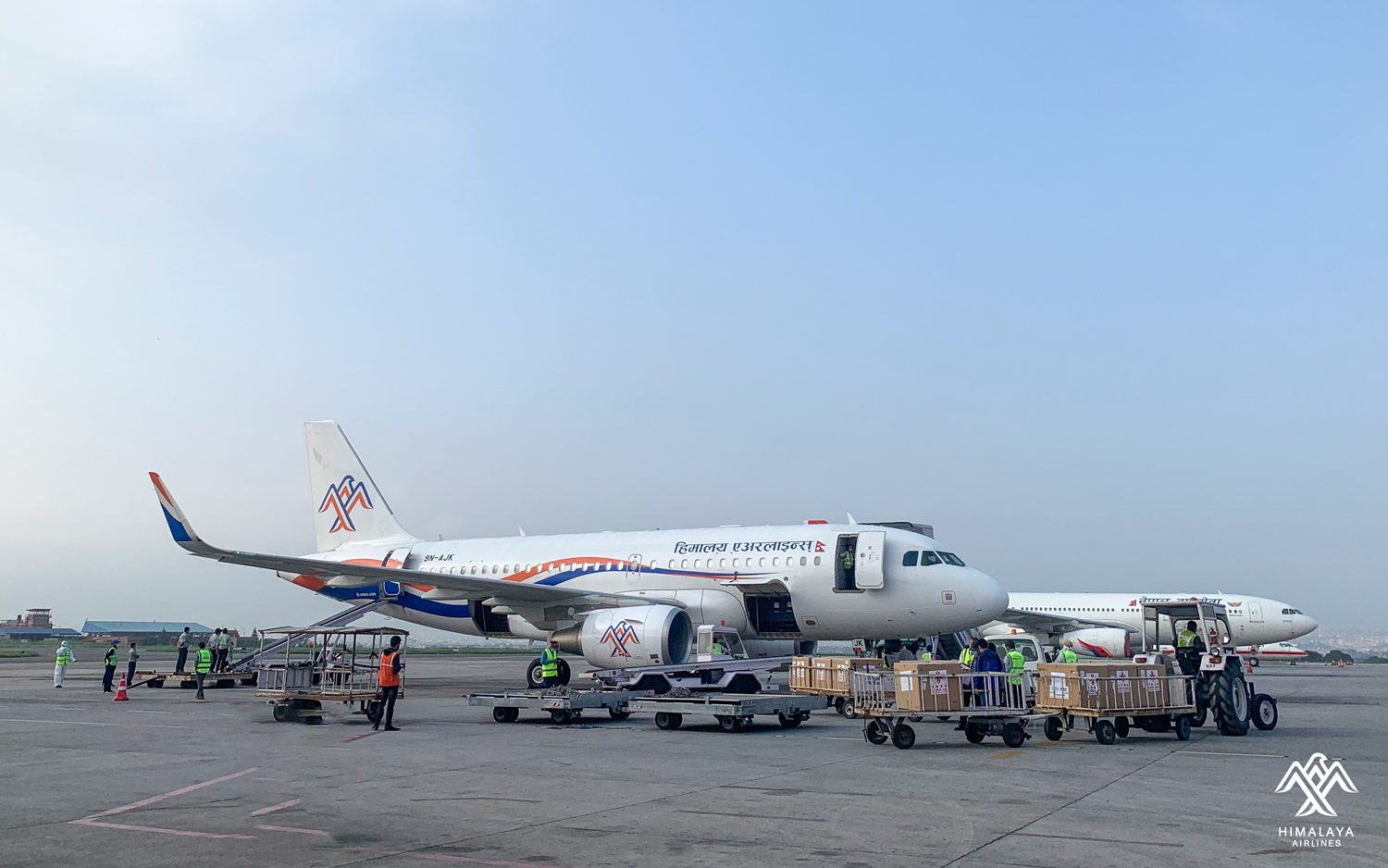
Airbus A320neo has a two-class capacity of 150-180 passengers and a maximum seating capacity of 194 passengers. It has upped the range to 6300km and cruise speed to Mach 0.82. The other enhancements include aerodynamic improvements, better cabin pressurization, greater luggage space, a noise reduction system, and weight savings. The NEO version of A320 retains Airbus’ large, curved wingtip devices ‘Sharklets’, significantly increasing fuel efficiency.
Operators of A320neo
The first batch of Airbus A320neo rolled out of the Airbus factory on 1 July 2014 and entered service with German flag carrier Lufthansa on 25Jan 2016.

Owing to more subtle improvements, the next-generation twinjet narrowbody Airbus A320neo has accrued more than 3800 orders, with nearly 1500 delivered. The largest operator of A320neo is India’s largest low-cost carrier IndiGo (143), followed by Frontier Airlines (75), China Eastern Airlines (72), Go First (52), Spirit Airlines (51), Scandinavian Airlines (48), Air China (46) Pegasus Airlines (45), Azul Brazilian Airlines (43), and AirAsia (40).
Prices of Airbus A320ceo and A320neo
The list price of the classic Airbus A320ceo (current engine option) is $101 million, while the newer A320neo lists for $110 million. Airlines willing to spend a bit extra on A320neo will get an upgraded A320 with new efficient engines, improved wing design and sharklets, and improved cabins.
Some airlines pursue a hybrid ‘enhanced’ version of the original aircraft where they can retroactively install most of Airbus A320 neo’s technological enhancements on original A320s. The lower-cost CEO models can be retrofitted with most improvements except the new engines, making them ideal for carriers with a tighter budget.
Following the high volume success of the Airbus A320, Airbus Company has stretched A320 into a family of jets, including Airbus A318, A319, and A321. Airbus A318 is the most diminutive sibling with 132 seating capacity; A319 is shortened, minimum-change version of the A320 that can carry up to 124 passengers in a two-class configuration. The Airbus A321 is the stretched version of the A320 with improved performance and increased fuel capacity. However, the founding aircraft of the A320 family, i.e., the Airbus A320, continues to lead the sales for Airbus and its next-generation twinjet A320neo follows the lead with special orders in a short period.

